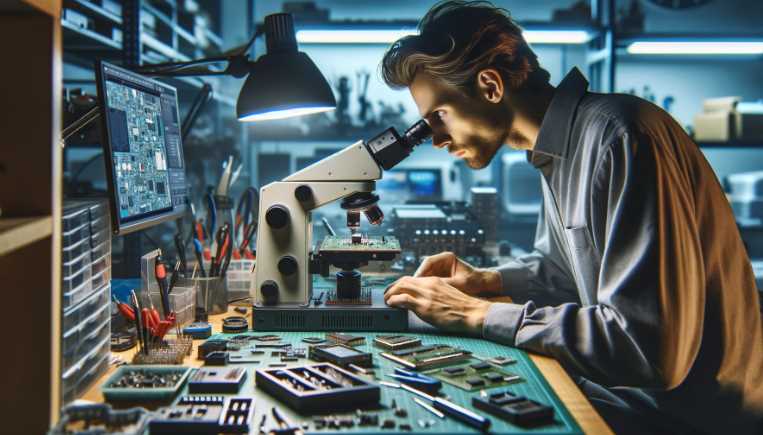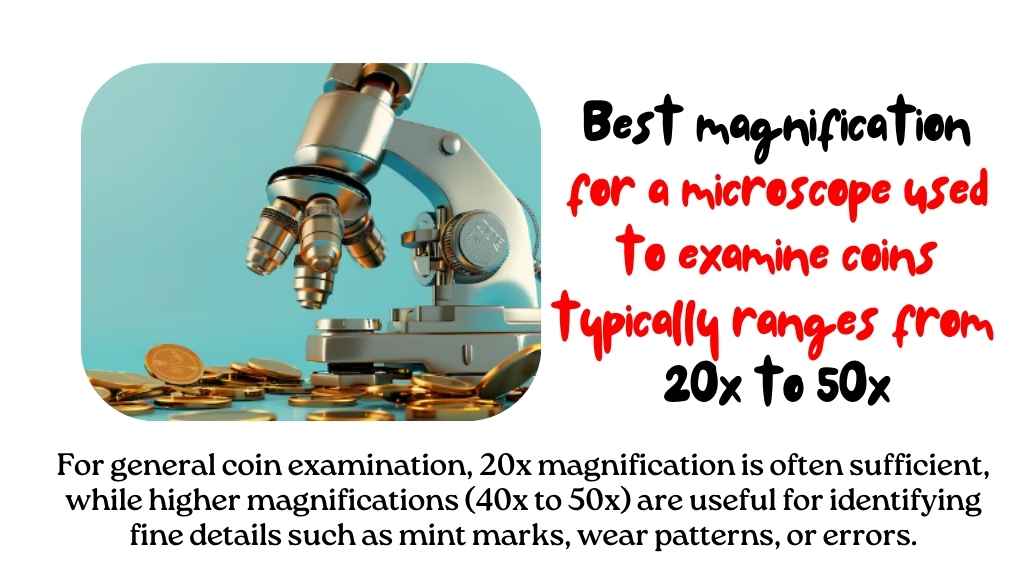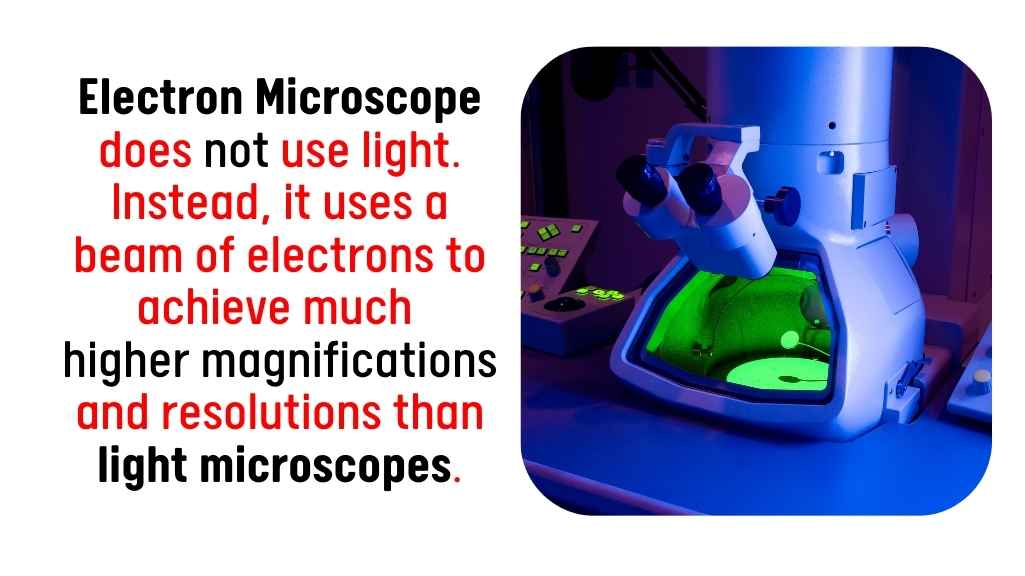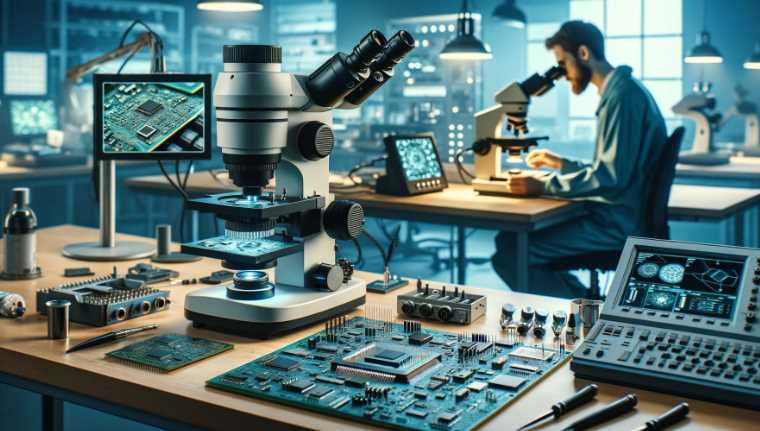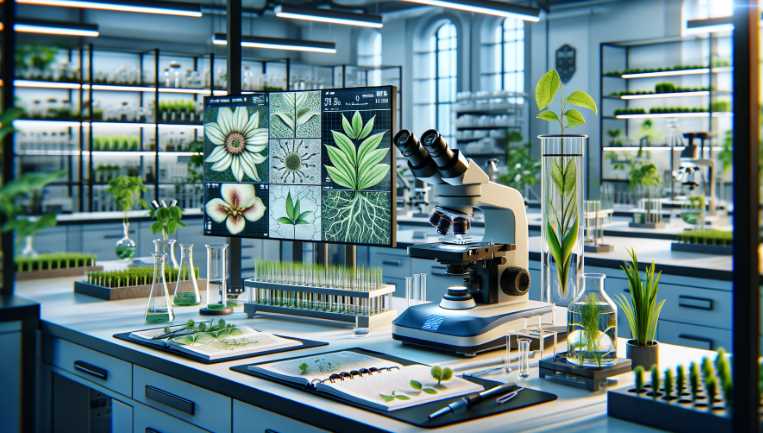Zooming In on Circuitry: The Essential Role of Microscopes in Electronics Repair
As someone who has been working on electronic repair projects for years, I understand the importance of having a reliable and affordable microscope for examining small components and circuit boards. While there are many options on the market, it can be difficult to determine which microscope is best suited for electronic repair work, especially when […]
Zooming In on Circuitry: The Essential Role of Microscopes in Electronics Repair Read More »
